Rye and the Mills
1 comment
Hey dear community, first of all I would like to welcome you all to my new contribution and hope you had a day that brought numerous different experiences into your life! In this article I would like to address an interesting historical topic and hope you are able to expand your knowledge.
Today I walked past a field that was full of rye which is also known by the scientific name Secale cereale and it is one of the best known types of cereal and of great importance for the production of bread. The traces of rye can be traced back to the early days of mankind and it was already appreciated by ancient cultures because of its resistance and also strong cold or changes in temperature do not matter to rye and it can also be counted among the cereals that are the most robust and even when it comes to vermin, it is considered very robust and it is assumed that it originally comes from Asia and had spread in Europe during the Middle Ages. It is assumed that the seeds came to Europe together with wheat and at the beginning it was still relatively new for the people and they first did not know what they should do with it, but the people quickly found out how valuable it can be and managed to grow it more and more and cultivated large fields with it and because of the low demand, it was especially for areas of relevance in which the conditions for the cultivation of grain were not so good and it has become particularly widespread in the mountain regions.
At certain times, rye was even one of the most important varieties and traditionally people used for processing mortar mills until during the Middle Ages, the rye was processed into flour especially with water mills, and since the large quantities could not be processed immediately, the rye was stored in granaries after harvest to protect it from bad weather and most of the storage facilities were somewhat away from houses because they sometimes burned. Before the farmers transported the rye to the mills or granaries, first the coarse impurities such as stones were removed and then it was dried and sometimes, it was only harvested and dried by the farmers and the contaminants were sifted out by employees of the mill. The purified and dried grain was then brought by the farmers to the mills and there crushed and operated by the millers by water or wind power and the grain was processed in various steps into fine flour which was then stored. The flour was then picked up by traders who sold it and from the bakers it was then processed into bread and the mills had an essential importance when it comes to infrastructure and in the Middle Ages there was also the view that if the mills should no longer turn, the world doesn't turn for long either.
Thank you very much for stopping by and I hope you could learn something new about this interesting topic! I captured these pictures with my Camera Sony Alpha 6000 plus 55-210 mm lens.
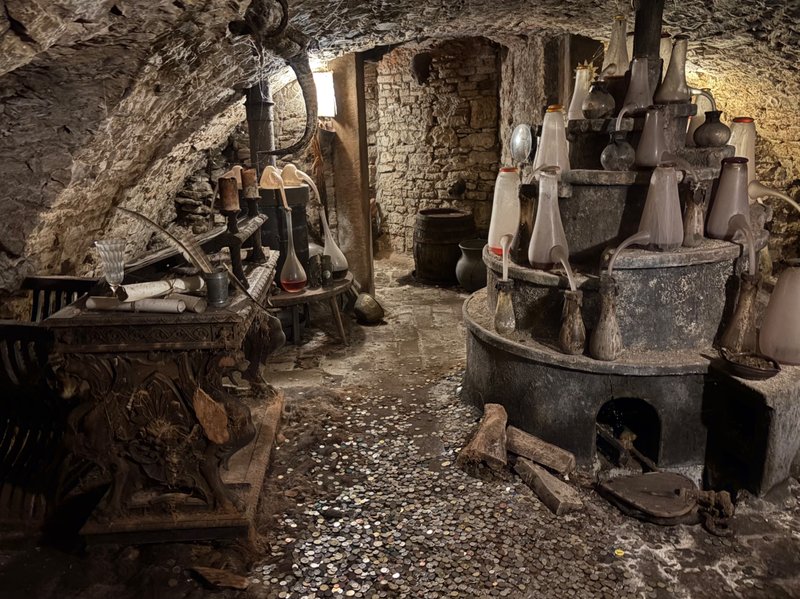


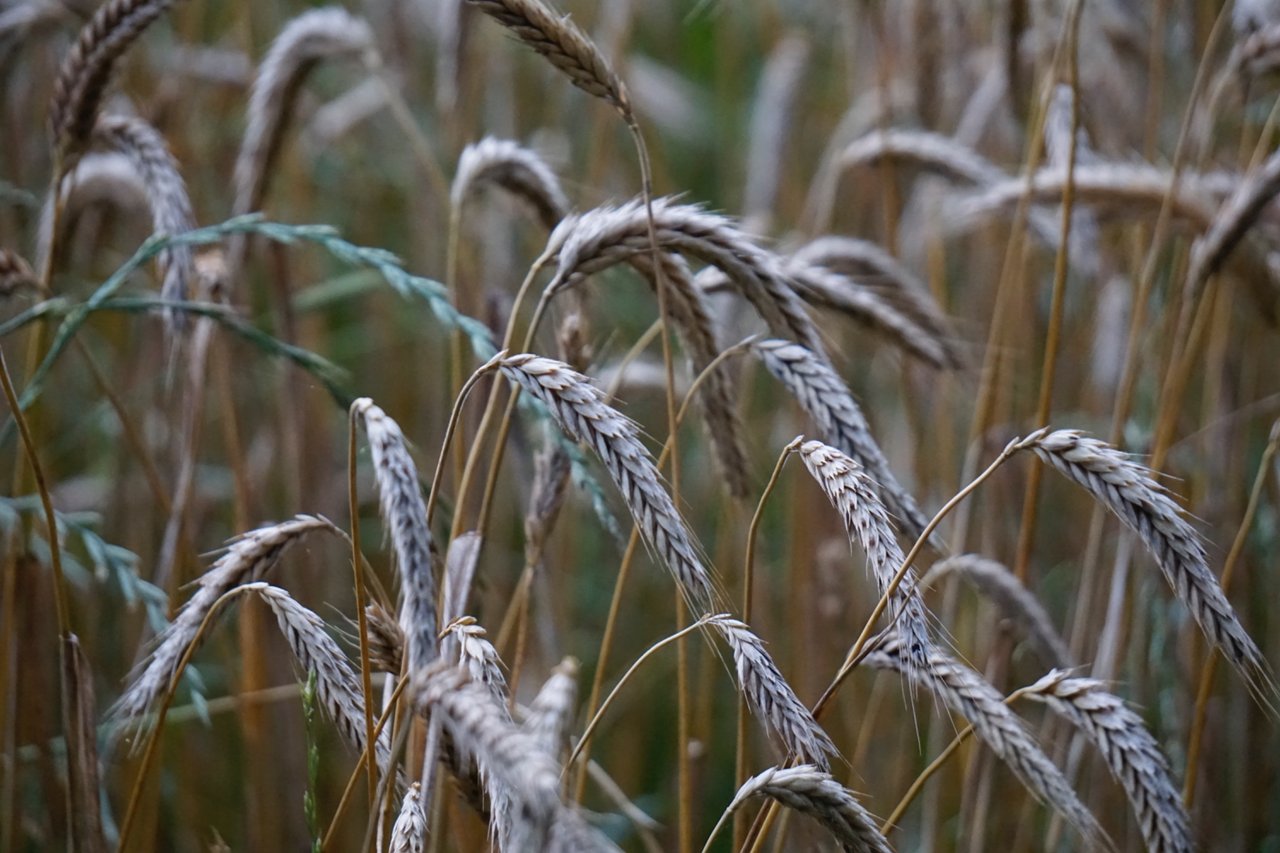
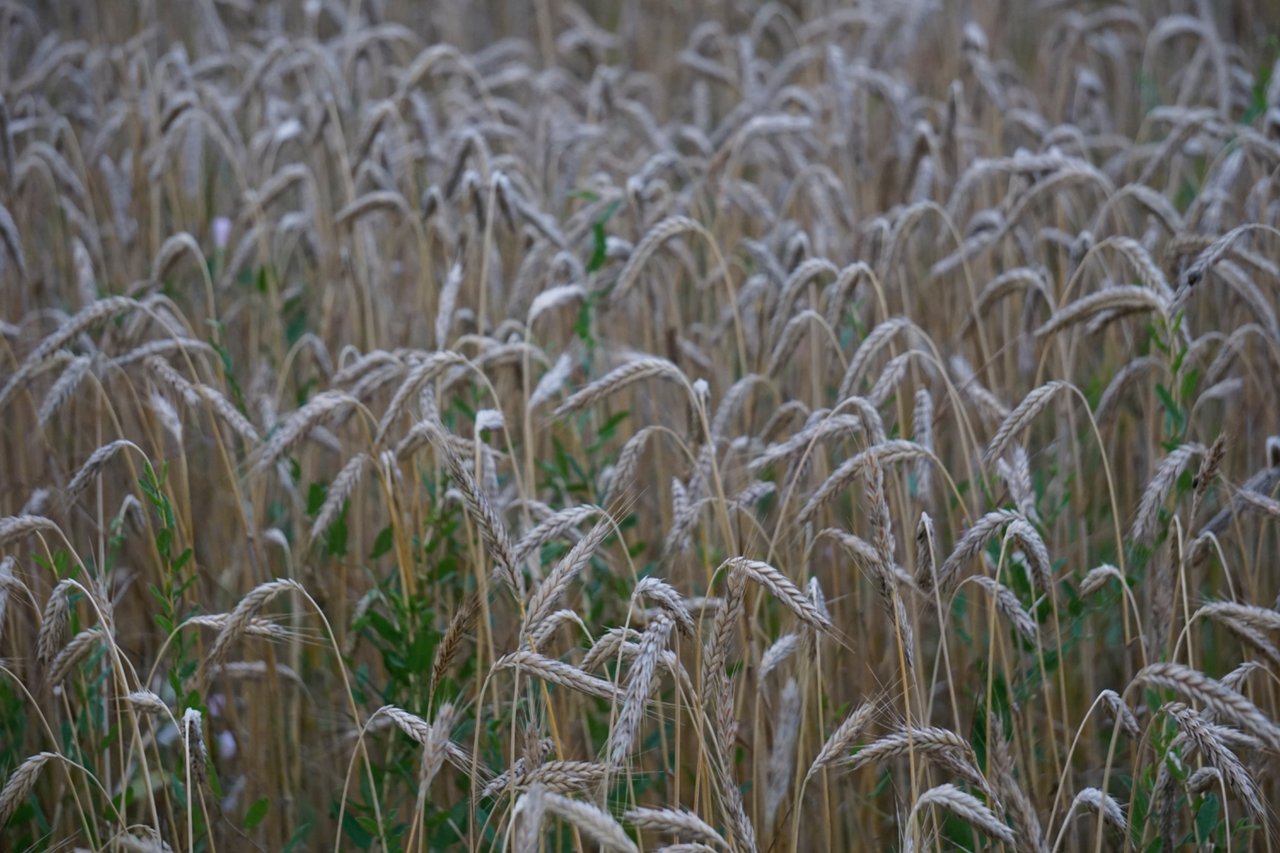
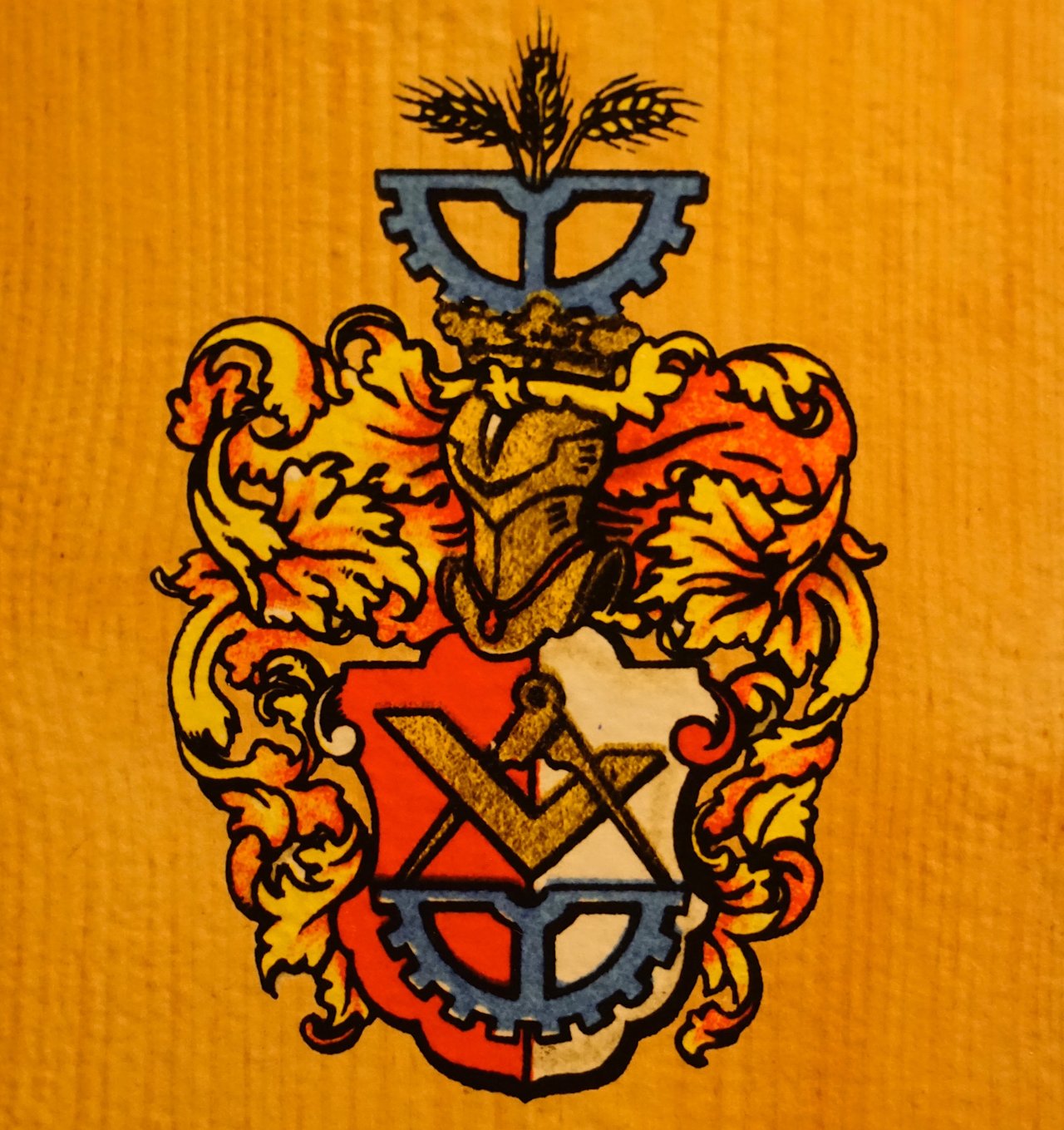
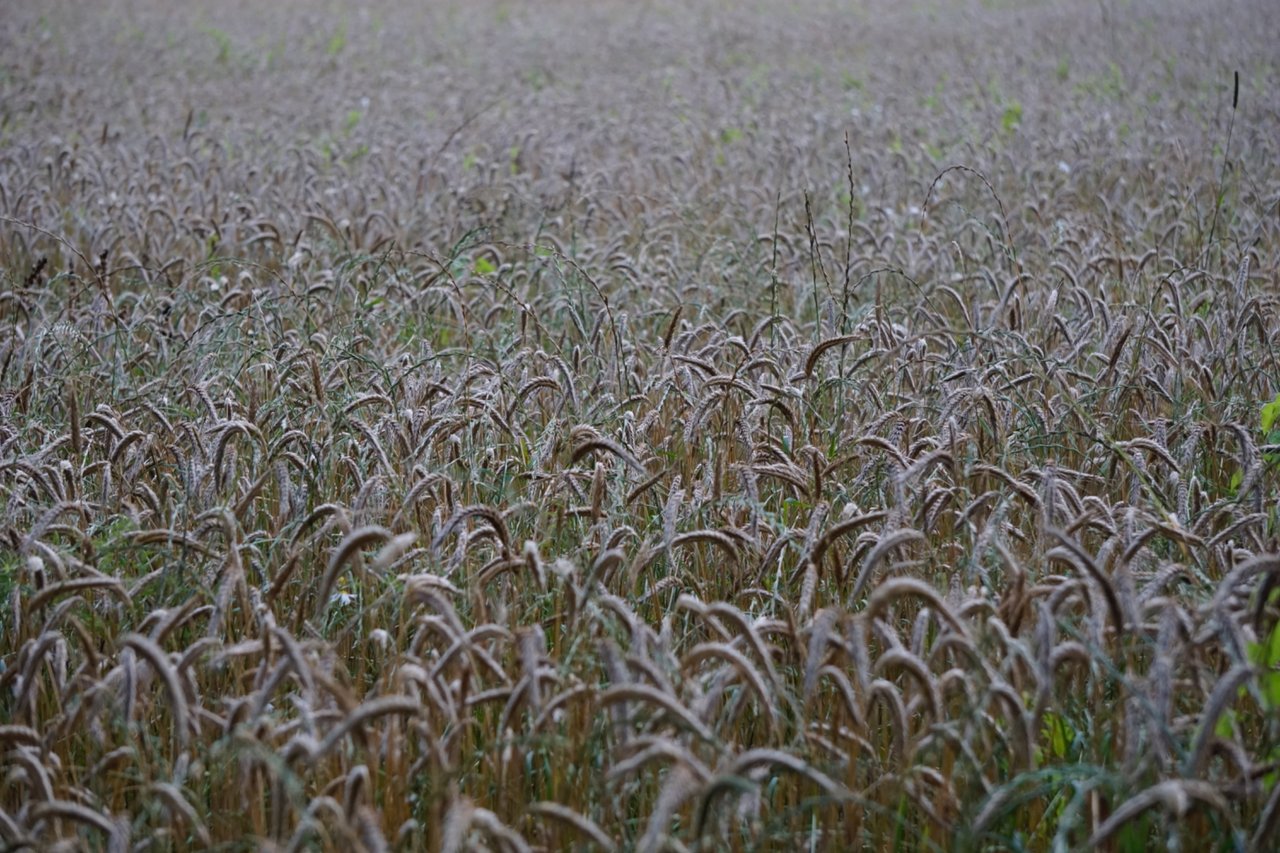

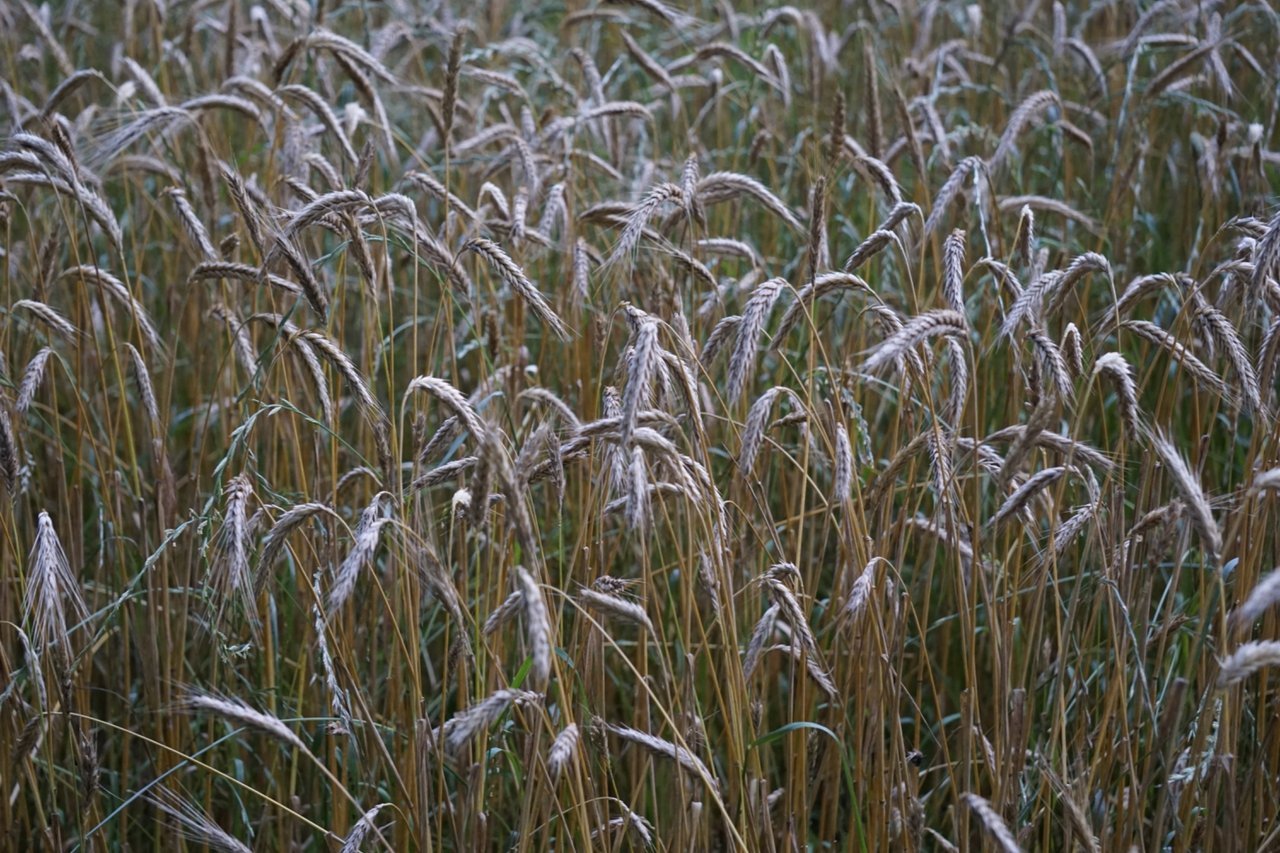

Comments